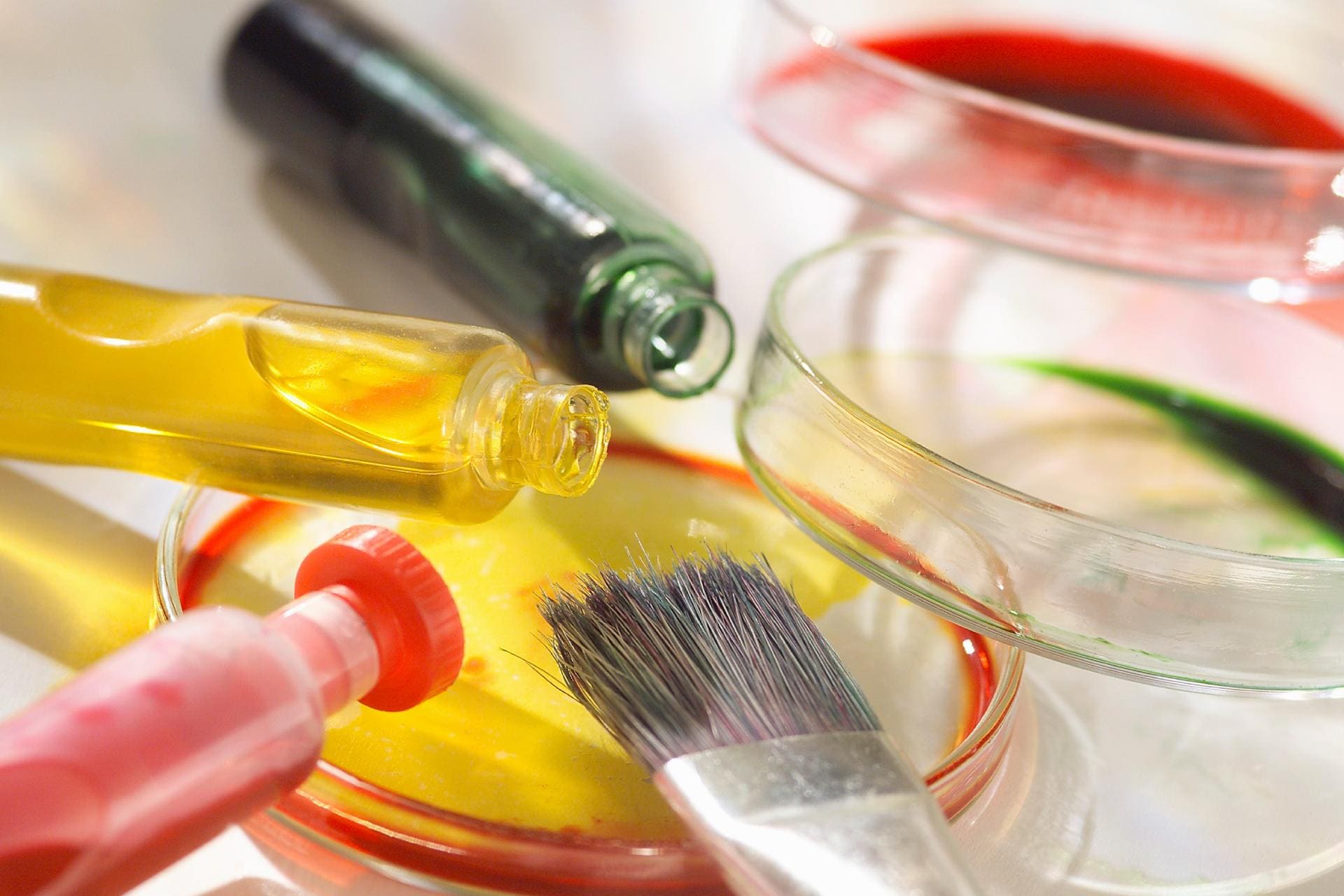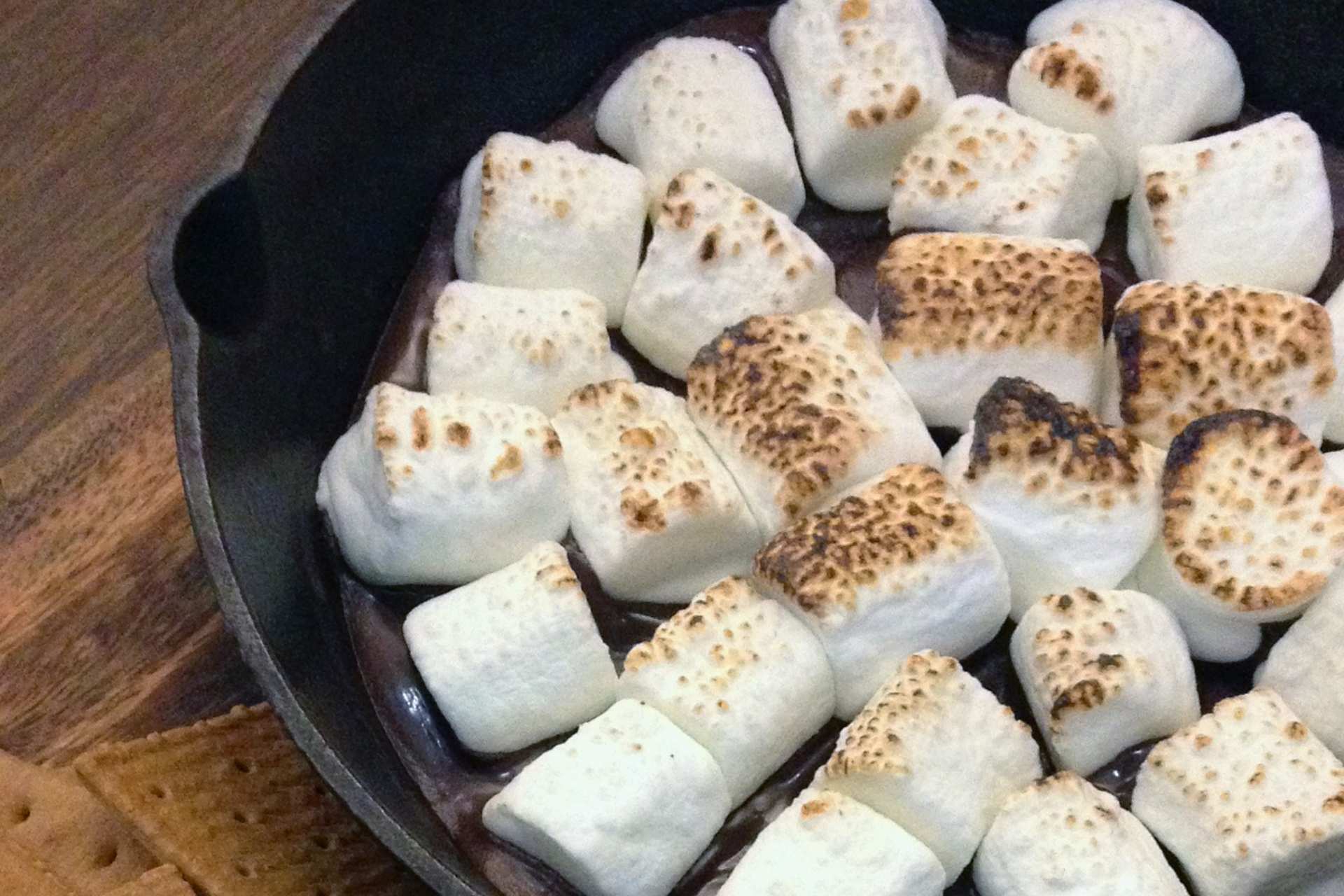What is fondant icing?
Fondant icing is a type of icing used to cover cakes and pastries. It is a sugar mixture that can be moulded, rolled, shaped, and otherwise manipulated physically to decorate cakes, pastries, and other sweet treats. Fondant can be coloured and otherwise given texture, which is why you might see all sorts of colourful, impressive cakes with different shapes and appearances that are all edible.
Is fondant edible?
Fondant can be coloured and otherwise given texture, which is why you might see all sorts of colourful, impressive cakes with different shapes and appearances that are all edible. Sometimes people remove fondant from their slices of cake before eating them if they don’t like its flavour or texture, but that’s purely a personal preference.
What is fondant?
There are different types of fondant - poured and rolled are the two most common variations which can be transformed into the most impressive of cake decorations. Pastry schools teach the ins and outs of sculpting, dying, and rolling fondant and the different variations can be used for a multitude of sweets, often seen on wedding or celebration cakes.














